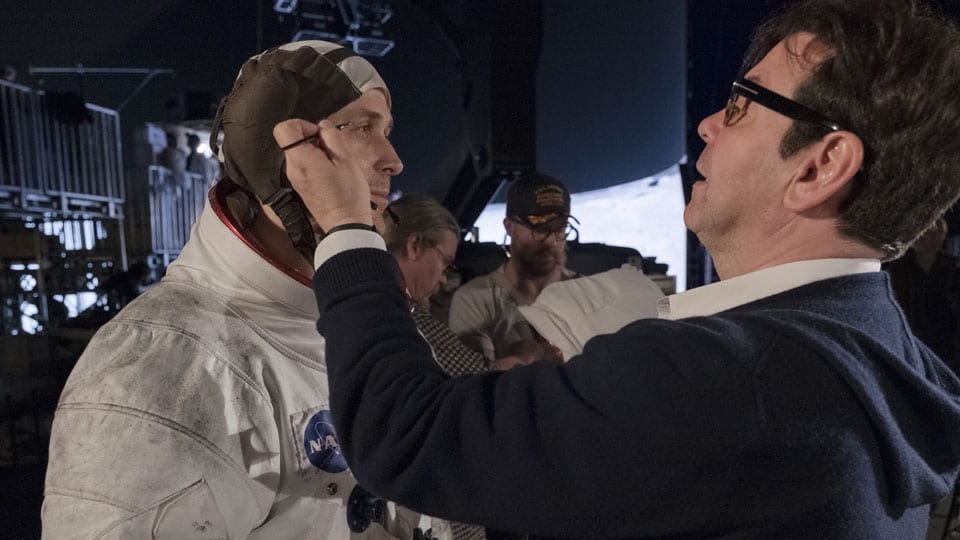
With their tight production schedule, editor Hughes Winborne could not believe that Dreamworks would send the film crew for The Help down to Mississippi with a 160-page script to shoot. Yet despite only filming one or two takes of each set-up, Winborne admits that there was always enough footage to put the edit together, “They shot the script they wrote and got it all.”
Actually there was more than enough footage. Seven weeks into post, the cut was almost three hours long and Winborne was in a total panic. He wanted to take things out of the film to get it down to length, but the studio decided to first preview an early director’s cut in Kansas City to get a perspective on how the audience would react. “It went like gangbusters. It was unbelievable,” reveals Winborne. “From then on, I knew it was working. That took a lot of pressure off.”
One of the challenges of the film was that it is 99% dialog – no action, no fights, no chases, no big shots. Winborne believes that the real accomplishment of the film is that it sustains itself over the ultimate running time of two hours and twenty minutes without dragging.
Because there are very disparate elements to the film, it had to be put together in a way that it did not feel jarring. The audience had to be guided emotionally, gently transitioned through the different parts of the story. “Some of the film, like the pie scene, is very funny and some of it is really tragic,” explains Winborne. “It was a trick to structure in a way so that people were ready for the different kinds of moments.” When he read the script, which was both moving and funny, Winborne realized the pieces did not always fit together. “The tone of a film is always the most difficult thing to get right – something that is not necessarily consistent, but that moves somewhat organically. It’s hard.”
 The Help was the first collaboration between Winborne and writer-director, Tate Taylor, who had only directed one feature previously. The gig came through Winborne’s agent, and although he hit it off with the director from the start, he went through a thorough interview and reference process before being hired.
The Help was the first collaboration between Winborne and writer-director, Tate Taylor, who had only directed one feature previously. The gig came through Winborne’s agent, and although he hit it off with the director from the start, he went through a thorough interview and reference process before being hired.
Winborne credits Taylor for much of the film’s success. Not only did the director have great relationships with the actors, but he also used unorthodox methods with his cast. “He did something I have never known a director to do. He brought an actor into the editing room almost every day to see something I had already put together,” shares Winborne. Because of the sensitive nature of actors and their tendency to be critical of their performances, most directors are loath to share rough cuts with the cast. “All the actors were great. They were all blown away,” Winborne continues. ” It encouraged everybody to raise their game. It was fun. It was very collaborative. I think it was very good for the movie and the actors in defining their roles. That’s Tate.”
Winborne concludes, “This was one of the best experiences I’ve had on a movie. It’s not like there weren’t bumpy spots, but it’s great when you want to be creative and are able to contribute.”





